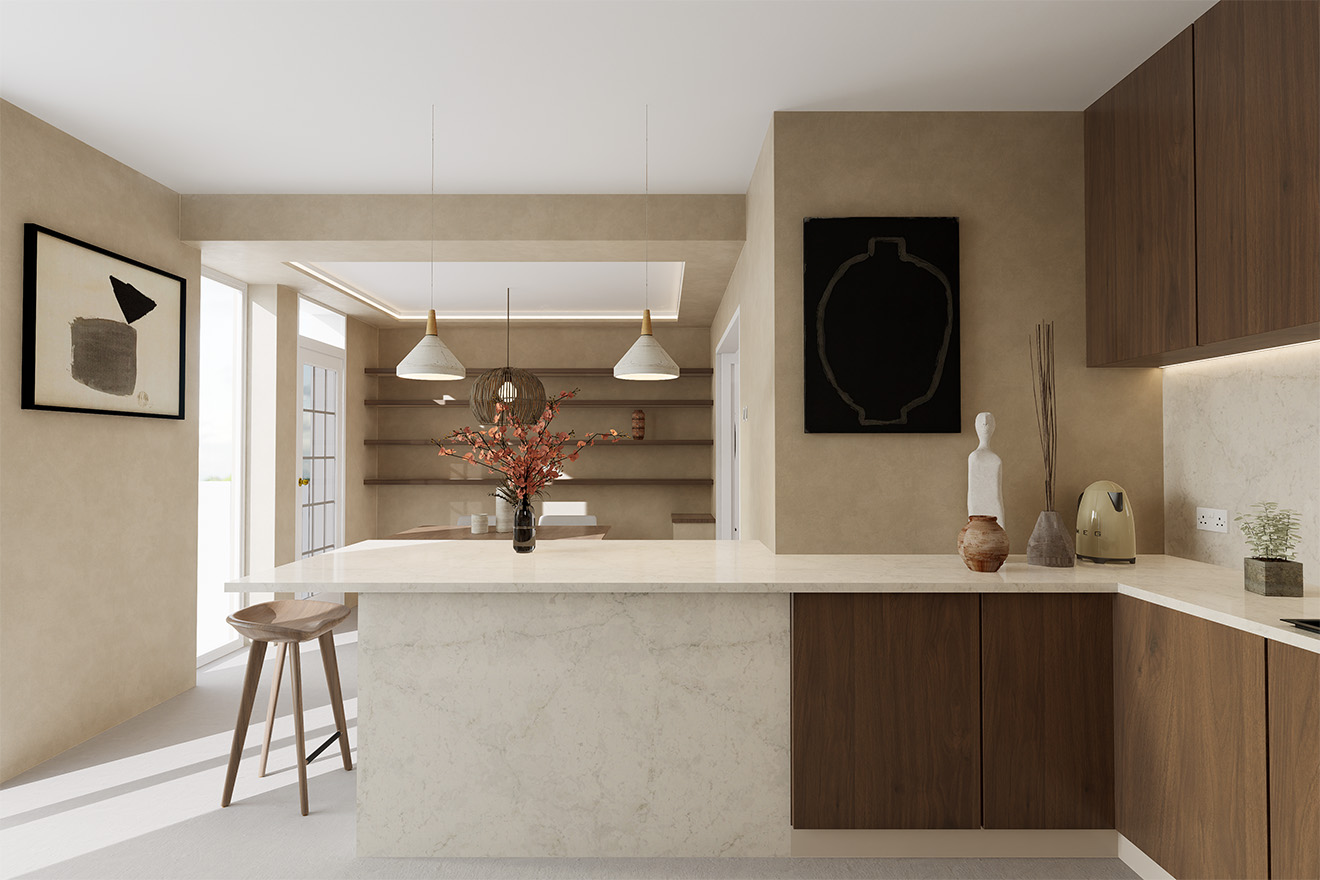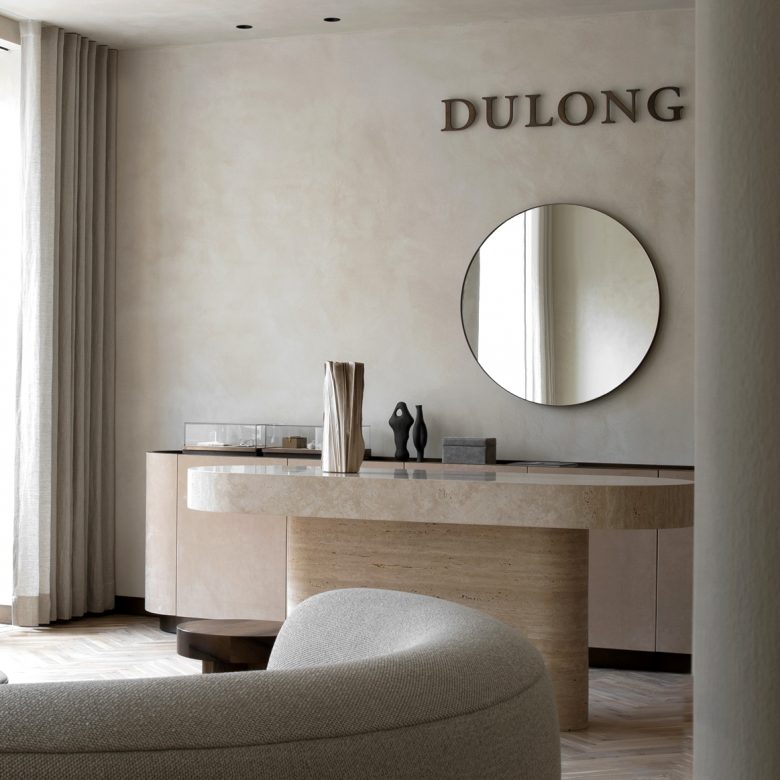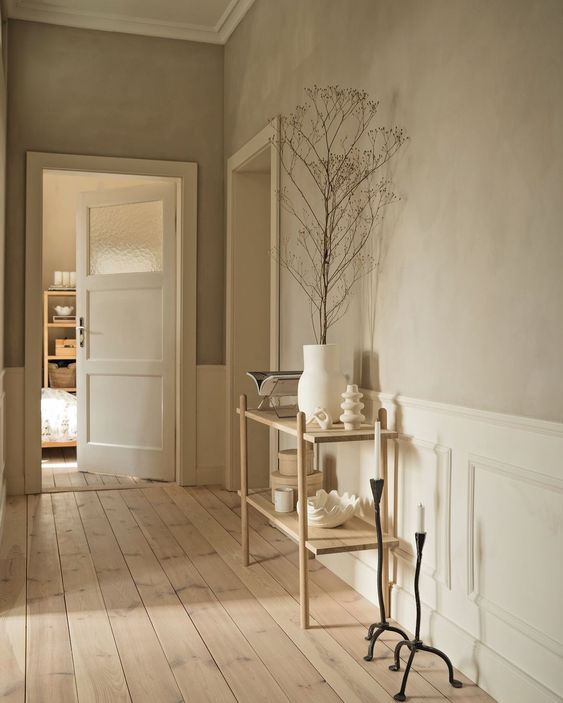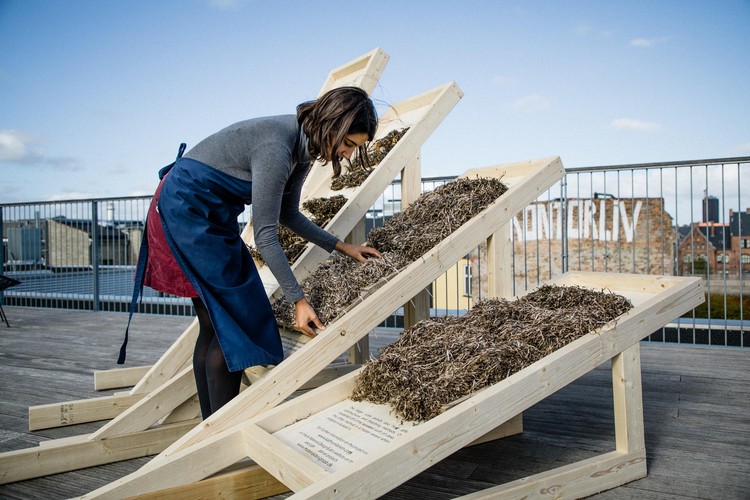
At Studio L’ght, we firmly believe that the spaces we inhabit wield profound influence over our well-being and the environment. In much the same way we scrutinize the ingredients in our meals, we meticulously consider the components that constitute our architectural projects. We recognize that many mainstream construction materials and finishes harbor toxic chemicals, jeopardizing indoor air quality or bearing the weight of unethical production processes with colossal carbon footprints.
In this blog, we wish to introduce you to better alternatives – materials that not only enhance the health and comfort of your home but also honor our planet’s well-being. These natural materials, rooted in sustainability and natural composition, are a testament to our responsibility in choosing non-toxic, eco-friendly building materials for renovations and self-build projects. Not only are these choices mindful of the environment, but they also offer cost-effective solutions that draw from time-tested techniques.
So, join us on this enlightening journey as we uncover the alternative materials to creating a healthy home through mindful choices of internal wall plasters and finishes that will completely elevate your spaces.
Your space can be more than just walls; it can be a sanctuary of well-being, and we're here to show you how.
The Invisible presence of Volatile Organic Compounds (VOCs)
The impact of our choices extends beyond aesthetics; it touches our mental and physical health. Take, for instance, the phenomenon of ‘sick building syndrome,’ a condition linked to a gamut of discomforts, from skin irritations and congestion to headaches and difficulty concentrating. This ailment often arises from subpar ventilation, inadequate lighting, and the presence of airborne pollutants.
Volatile Organic Compounds (VOCs) are substances that can easily transform into gases, infiltrating the air we breathe. Some of these compounds have a distinct smell, while others remain stealthy and odorless. They can originate from construction materials or even biological sources like mold.
Among the troupe of VOCs, benzene and methylene chloride often take the stage in interior finishes, while formaldehyde silently lurks in engineered wood products like MDF or plywood. When we breathe in these particles or vapors, it can lead to a host of health issues, ranging from kidney damage to cancer. So, what can we do to create a healthier home environment?

Interior remodel project in Glasgow by Studio L’ght using limewash on the walls that allows the walls to breathe and achieves an earthy, wabi sabi style at the same time improving indoor air quality.
Opt for a Sustainable Makeover
We always advocate for a more sustainable approach to home renovations and redecorations whenever we can. As sustainable construction methods gain traction, earthen and mineral plasters are experiencing a renaissance, delivering healthier and more resilient interior and exterior finishes compared to traditional plasterboard. This way, we not only prioritize your health but also contribute to a more sustainable planet.
Today, many people opt for a fresh coat of paint when rejuvenating their interiors or exteriors. However, most commercial paints come with downsides for both your health and the environment. The volatile organic compounds (VOCs) in these paints can adversely affect indoor air quality. In contrast, our approach favors zero-VOC paints such as limewash and clay paints, ensuring that your home exudes a sense of well-being.
Furthermore, the choices we make in terms of interior and exterior cladding materials significantly impact the number of natural resources required for home construction. For example, some homes clad in concrete blocks are further concealed by purely aesthetic exteriors like brick, rock, or vinyl siding. This reliance on additional materials notably increases the environmental footprint of the house.
As you embark on your journey to create a healthier home, consider using untreated timber, avoiding PU foams commonly used in window and door installations, and prioritizing the use of natural, sustainable materials wherever possible. Even taking small steps to reduce chemical usage can make a significant difference in fostering a healthier, more sustainable living space.
Think of it like choosing ingredients for a nourishing meal. Just as you wouldn't fill your plate with unhealthy, processed foods, you shouldn't fill your living space with toxic building materials.
The Ingredient Analogy
Imagine you’re preparing a wholesome meal for your family or friends. You carefully select fresh, organic ingredients, avoiding processed and chemically-laden foods. You know that the quality of these ingredients will not only influence the taste but also the health of those who enjoy your meal.
Similarly, when crafting your living environment, you should be just as discerning. Your home is more than just walls and floors; it’s the very air you breathe, the place where you rest, and the backdrop of your life. The materials you choose are the “ingredients” of your living space. Opting for sustainable, natural, and non-toxic materials is akin to choosing the best ingredients for your body’s nourishment.
A Ripple Effect
Every choice you make regarding your living space has a ripple effect. When you opt for toxic building materials, you’re not just affecting your immediate surroundings; you’re impacting the planet’s health and future generations too.
The interconnectedness of our choices is profound. Toxic materials release harmful substances into the air, compromising indoor air quality. This can lead to ‘sick building syndrome,’ where occupants experience a range of health issues. But it doesn’t stop there. These materials often involve unethical or unsustainable production methods, contributing to a large carbon footprint.
When you choose sustainable, non-toxic materials, you’re taking a step towards personal well-being and a healthier planet. It’s a responsibility we all share, much like our responsibility to care for our bodies by choosing nutritious foods.

Clay plastered walls of the Dulong Jewelry Flagship Store by Norm Architects via https://clay-works.com/?gallery=dulong
1. Clay Plaster
Clay plaster is a natural and environmentally friendly alternative to traditional plaster finishes. It is made by mixing clay, sand, and fiber (such as straw) with water to create a workable paste. Clay plaster offers several advantages, including excellent vapor permeability, which allows moisture to pass through the walls and helps regulate indoor humidity levels.
One of the unique qualities of clay plaster is its ability to absorb and release moisture, which can contribute to a healthier indoor environment. It has a high hygric mass, meaning it can help balance indoor humidity and improve air quality. Additionally, clay plaster has anti-static properties, repelling dirt and dust.
In terms of aesthetics, clay plaster provides a warm and natural look to interior walls. It can be applied to various substrates, including brick, stone, and even drywall. Clay plaster is also versatile when it comes to finishes, as it can be left natural or painted with clay or lime-based paints.
While clay plaster offers many benefits, it is important to note its limitations. It is not as hard or impact-resistant as some other finishes, and it can erode if exposed to excessive moisture. However, repairs are relatively easy to make. Clay plaster is also a sustainable choice, as it has a low carbon footprint and can be sourced locally in many areas.
Overall, clay plaster is a healthy and environmentally friendly option for interior wall finishes, providing a natural and breathable surface that contributes to a comfortable and aesthetically pleasing living environment.

Image by Flair via https://flairglobal.com/lime-plaster/
2. Lime Plaster
Lime plaster is a natural and environmentally friendly alternative to traditional plaster finishes. It is made by mixing lime, sand, and water to create a workable paste. Lime plaster offers several advantages, including excellent vapor permeability, which allows moisture to pass through the walls and helps regulate indoor humidity levels.
One of the unique qualities of lime plaster is its ability to absorb and release moisture, which can contribute to a healthier indoor environment. Lime plaster has a high hygric mass, meaning it can help balance indoor humidity and improve air quality. Additionally, lime plaster is harder and more impact-resistant than clay plaster, making it a durable choice for interior and exterior finishes.
Lime plaster used to be very common in the past but was replaced by drywall and gypsum-based plasters in the last century. However, it is now experiencing a revival due to its sustainable and eco-friendly properties. Lime plaster has a lower carbon footprint compared to other plaster options and can be sourced locally in many areas.
When applied correctly, lime plaster undergoes a chemical change as it cures, effectively turning back into limestone on the wall. This results in a water-resistant and durable finish. However, it requires knowledge, skill, and careful application to achieve the desired results.
In summary, lime plaster is a versatile and environmentally friendly option for interior and exterior finishes. Its breathability, durability, and ability to regulate moisture make it a popular choice for those seeking a healthier and more sustainable living environment.

A bespoke vanity unit made from Tadelakt Plaster Coating by House of Grey via https://houseofgrey.co.uk/bespoke-design
3. Tadelakt
Tadelakt is a traditional Moroccan plastering technique that involves applying and polishing a lime-based plaster to create a smooth, waterproof, and decorative finish. It is commonly used in bathrooms, showers, and wet areas due to its excellent water-resistance properties.
The process of applying tadelakt involves several steps. First, a base coat of lime plaster is applied to the prepared surface. After it has dried, a second layer of finer lime plaster is applied and polished using a special stone or trowel. The polishing process creates a unique and shiny finish.
One of the key characteristics of tadelakt is its ability to become water-repellent when properly sealed. Traditionally, olive soap is used to seal the surface and enhance its water resistance. The soap reacts with the lime in the plaster, creating a chemical reaction that makes the surface waterproof.
Tadelakt offers a range of benefits. Besides its waterproof nature, it has a soft and smooth texture, making it pleasant to touch. It also has a natural aesthetic appeal, with a unique and organic appearance that adds character to any space. Additionally, tadelakt is a sustainable option, as it is made from natural materials and has a low environmental impact.
However, it is important to note that tadelakt requires skill and experience to apply correctly. The technique and materials used are specific to achieve the desired result. It is recommended to consult a professional or undergo training before attempting to apply tadelakt yourself.
Overall, tadelakt is a versatile and visually striking plastering technique that offers both functional and aesthetic advantages, making it a popular choice for creating beautiful and water-resistant finishes in bathrooms and other wet areas.

4. Limewash Paints & Clay Paints
Limewash paints are a type of paint made from slaked lime, water, and natural pigments. They have been used for centuries and are known for their unique appearance and texture. Limewash paints create a soft, matte finish that allows the underlying texture of the surface to show through. They are often used to achieve a rustic or aged look on interior and exterior walls. Limewash paints are breathable and eco-friendly, as they do not contain harmful chemicals or VOCs (volatile organic compounds).
Clay paints are natural paints made from clay, water, and natural pigments. They have a creamy consistency and are available in a wide range of colors. Clay paints offer a rich and textured finish, adding depth and warmth to walls. They are often used in biophilic design. Clay paints are breathable, moisture-regulating, and free from toxins and synthetic additives. They create a healthy indoor environment by improving air quality and reducing allergens.
Both limewash and clay paints are environmentally friendly alternatives to conventional paints. They provide natural and sustainable options for adding color and texture to your home while promoting a healthier living space.
Advantages of Natural Mineral & Earthen Plasters and Paints
1. Local Sourcing and Reduced Carbon Footprint
Natural plasters are often locally sourced, reducing transportation emissions and supporting nearby economies. By choosing materials that haven't traveled halfway across the world, you're minimizing the carbon footprint of your project. It's a small step, but collectively, it makes a significant impact in reducing greenhouse gas emissions.
2. Breathability & Comfort
Natural plasters are inherently breathable. They allow moisture to pass through, preventing condensation and mold growth. This breathability creates a more comfortable living environment by maintaining stable humidity levels. It's a stark contrast to the sealed, synthetic surfaces that can trap moisture and lead to 'sick building syndrome.'
3. Eco-friendly & Sustainable
These plasters are typically made from renewable resources like clay, lime. Their production is often less energy-intensive compared to conventional alternatives. By choosing natural plasters, you're contributing to a more sustainable construction industry.
4. Accessibility for DIY Enthusiasts
For the DIY enthusiast, natural plasters offer a friendly learning curve. With the right guidance and materials, you can embark on creating your unique interior finishes. This not only empowers you to have a hands-on role in your home's construction but also fosters a deeper connection with your living space.
5. Aesthetic Appeal and Character
One of the most captivating aspects of natural plasters is their aesthetic appeal and earthen touch they bring to our interior spaces. Limewash and clay paints give the ‘Wabi Sabi’ interior design style of perfection within imperfection that we are absolutely obsessed with. From the soft, earthy tones of clay plaster to the rustic charm of lime finishes, these materials offer a broad palette to express your unique style. Natural plasters can transform your home into a work of art.
Don't forget to plant more plants!
It is also very well documented that plants have extremely good natural capacity for removing harmful toxins from the air, helped in large part to extensive testing by NASA. Make sure you allow space for potted plants inside your home. Palm, bamboo, fern and rubber plants are all particularly good at absorbing toxins. Trees are also very good at improving air quality and one located near to your house can reduce pollution in the home by up to 50%!
Conclusion
Creating a healthy home goes beyond just aesthetics; it involves making conscious choices about the materials we use. By selecting natural and sustainable internal wall plasters and finishes, we can prioritize our well-being while minimizing our impact on the environment.
Mineral and earthen plasters and paints offer numerous advantages. They can be locally sourced, reducing transportation emissions and supporting local economies. These plasters are breathable, allowing moisture to pass through and maintaining stable humidity levels. They are eco-friendly, made from renewable resources with a lower carbon footprint. Additionally, they provide an opportunity for DIY enthusiasts to get involved in their home improvement projects. The aesthetic appeal and distinctive character of natural plasters add a timeless charm to any interior.
As we strive for a healthier and more sustainable living environment, let us remember the power of our choices. By prioritizing ventilation, selecting non-toxic materials, and embracing natural and sustainable options whenever possible, we can create spaces that promote well-being for ourselves and the planet.
Take the first step towards a healthier home today. Contact our architectural studio for guidance on creating your dream space that reflects your values and supports your well-being.
Was this helpful?
Let us know!
Get in touch with us to chat about your sustainability goals for your project. We hope to raise awareness about natural and sustainable alternatives in the design and construction for both new and existing architecture.



